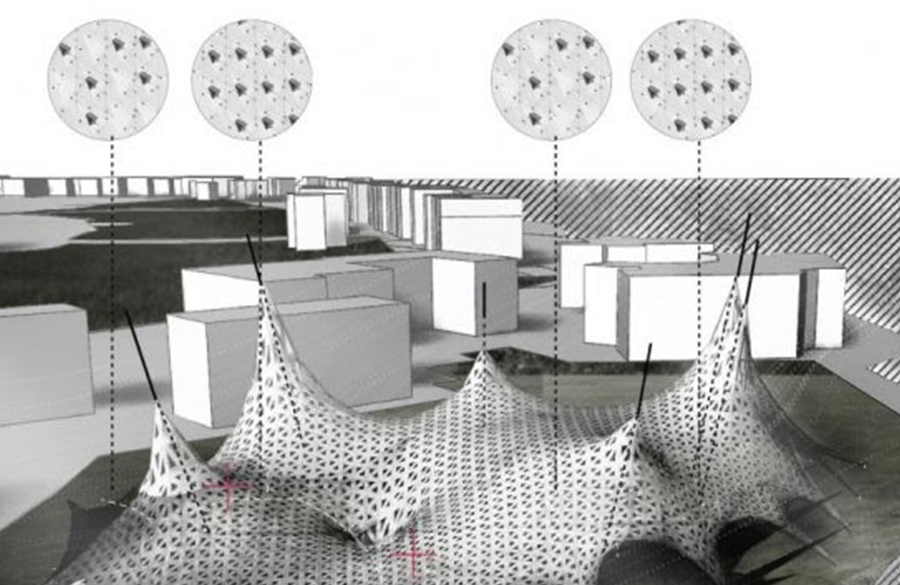The Future Of Smart Materials In Civil Engineering Design

Hello friends, have you ever heard of Smart Materials? It is a term that has been buzzing around the architectural world lately and is expected to revolutionize the way we build structures. In this article, we will explore this topic in depth and understand how it can shape the future of architecture.
What are Smart Materials?
Smart Materials, also known as responsive materials, are substances that can change their properties based on external conditions such as temperature, pressure, or light. These materials can be designed to have specific properties that can be controlled by external stimuli, making them very efficient and versatile.
How can Smart Materials be used in Architecture?
The use of Smart Materials in architecture can have several beneficial applications. One of the most fundamental uses is to enhance structural stability and durability while reducing carbon emissions. Smart Materials can also help to create energy-efficient and sustainable buildings that can adapt to changing environmental conditions.
Another way Smart Materials can be used in architecture is by enhancing the aesthetics of the buildings. These materials can transform the appearance of a structure by altering its color, texture, or transparency. This can lead to the creation of stunning visual effects, which can be used for advertising purposes or for creating a unique identity for the building.
Types of Smart Materials
There are several types of Smart Materials that can be used in architecture. Some of these materials are:
- Shape Memory Alloys: These materials can change their shapes based on temperature changes. They can be used for creating self-healing structures or structures that can adapt to external forces.
- Thermochromic Materials: These materials can change their color based on temperature changes. They can be used for creating visually appealing facades or for detecting temperature changes within the structure.
- Electrochromic Materials: These materials can change their transparency or color based on electrical stimulation. They can be used for creating dynamic facades or for regulating natural lighting within the building.
Advantages of Using Smart Materials in Architecture
The use of Smart Materials in architecture can have numerous benefits. Some of the advantages are:
- Energy Efficiency: Smart Materials can enhance the energy efficiency of buildings by optimizing the use of natural light and temperature regulation.
- Sustainability: Smart Materials can reduce the carbon emissions of buildings by using energy-efficient technologies and reducing waste generation.
- Structural Stability: Smart Materials can enhance the strength and durability of buildings by creating self-repairing structures and reducing maintenance costs.
- Cost Savings: Smart Materials can reduce the construction and maintenance costs of buildings by optimizing the use of resources and minimizing waste.
Challenges of Using Smart Materials in Architecture
Although Smart Materials have numerous benefits, they also come with several challenges that need to be addressed. Some of the challenges are:
- High Cost: Smart Materials are expensive to produce and implement, making them less accessible to smaller construction projects.
- Technological Complexity: Smart Materials require a high level of technological expertise and knowledge, making them difficult to implement without specialized training.
- Limited Availability: Smart Materials are not readily available in the market, making their implementation dependent on their availability and accessibility.
Conclusion
Smart Materials can be a game-changer for the architectural industry, providing numerous benefits that can lead to a sustainable and efficient built environment. Although challenges still need to be overcome, the potential benefits outweigh the risks. It is only a matter of time before Smart Materials become a common feature in our buildings.
Thank you for taking the time to read this article. We hope that it has given you a good understanding of Smart Materials and their potential impact on the architectural industry. If you have any questions or comments, please let us know in the comments section below.




Post a Comment for "The Future Of Smart Materials In Civil Engineering Design"